Justin here. Do you do anything special for Halloween? Do you buy candy, or watch horror movies? Have you ever been trick-or-treating or worn a Halloween costume? When my son was young we made a few decorations, like carved pumpkins and scary pictures, and we cooked things like black curry, scary stuffed orange peppers, or ‘brain’ cake, but no trick-or-treating or candy or costumes. Anyway, here is some history about Halloween and some interesting facts for you to enjoy!
Halloween started more than 2,000 years ago! It began with an ancient Celtic festival called Samhain (pronounced “sow-in”). The Celts lived in what is now Ireland, Scotland, and parts of England and France. They celebrated the end of summer and the beginning of winter on October 31st.
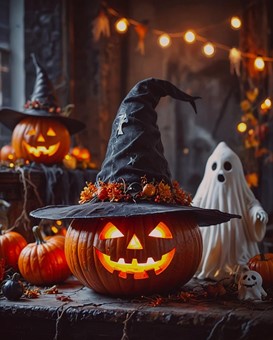
The Celts believed that on this night, the spirits of the dead could return to visit the living. To protect themselves, people made big bonfires, offered food to the spirits, and wore animal skins or scary masks to frighten away ghosts.
During Samhain, the Celts also believed that their priests, called Druids, could speak to the spirits and tell the future. They thought the line between the world of the living and the dead was very thin that night, so strange and magical things could happen.
When the Romans came, they mixed some of their own festivals, like Feralia, a day to remember the dead, with Samhain. Another festival celebrated Pomona, the Roman goddess of fruit and trees. Pomona’s symbol was the apple, and maybe this is where the Halloween game of “apple bobbing” (trying to catch apples with your mouth) came from.
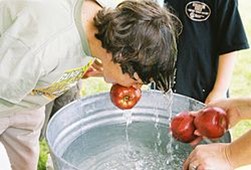
Hundreds of years later Christianity spread through Europe and replaced many pagan festivals with Christian holidays. In the 8th century, November 1st became a holy day called All Saints’ Day, or All Hallows’ Day. The night before became known as All Hallows’ Eve, which people later shortened to Halloween.
Halloween continued to change over time. In medieval Europe, poor people went from house to house asking for “soul cakes” — small sweet breads — in exchange for saying prayers for the dead. This was called “souling.” Children and young people also played tricks and wore costumes — just like modern Halloween with trick-or-treating!
In the 1800s, many Irish immigrants moved to the United States, bringing their Halloween traditions with them. In America, Halloween became a fun and family-friendly holiday. People started carving pumpkins instead of turnips, and children went trick-or-treating for candy. Over time, it became one of the most popular holidays in the country.
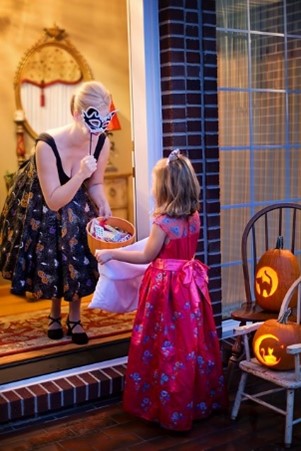
As for me, I’m from England. When I was young nothing special happened on Halloween. There was just a horror film on TV. No one did trick-or-treating, no one made decorations, no one bought candy, no one dressed up in costumes, no one carved pumpkins. Nowadays it’s a bigger event in England, but still nowhere near as big as in America. Some children go trick-or-treating so my mum usually buys a few snacks, but often no one comes and she eats them all! And some supermarkets sell Halloween snacks, decorations, and pumpkins for carving, but, again, not many people bother. My friend in America said his whole family puts on costumes and goes trick-or-treating. It’s very organized in their neighbourhood, with a list of ‘Okay’ or ‘Not Okay’ houses in each street and poorer people given candy to give to the kids. My friend said his family spends over $500 every year on Halloween costumes, decorations and candy, while my mum spends about £3 on chocolates! In England, ‘Bonfire Night’ on November 5th is a bigger event – but that’s in another blog!
🎃 Interesting Halloween Facts
The first jack-o’-lanterns were made from turnips, not pumpkins. People carved scary faces into them and put candles inside to keep away evil spirits. When people came to America, they found pumpkins — they were bigger, softer, and easier to carve! The name “jack-o’-lantern” comes from an old Irish story about a man called Stingy Jack. He was so tricky that he fooled the devil! But after he died, he couldn’t go to heaven or hell, so he was forced to wander the earth with only a glowing coal inside a carved turnip to light his way. That’s why we still carve pumpkins today.
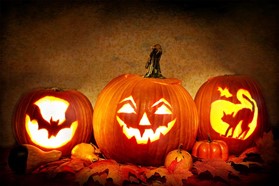
The colours orange and black became Halloween colours for special reasons. Orange represents autumn and the harvest, and black represents night, mystery, and death. Together, they show the mix of life and death that Halloween celebrates.
The word “witch” comes from the old English word wicce, meaning wise woman. Long ago, many witches were thought to have special knowledge of plants and healing. But later, people became afraid of them and thought they worked with evil spirits. Some people believed that if you wore your clothes inside out and walked backward on Halloween night, you would see a witch at midnight!
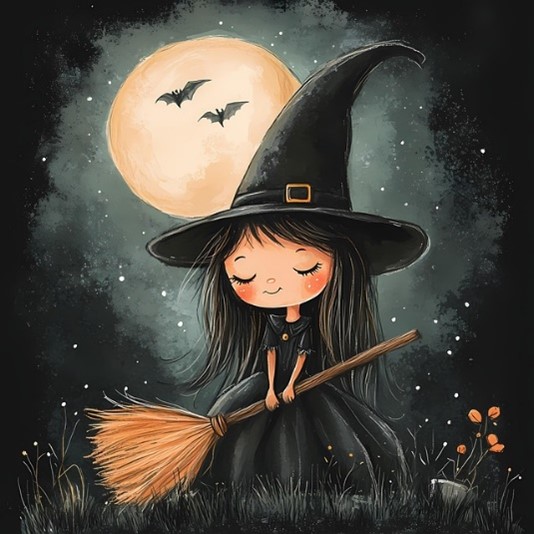
Many Halloween traditions are connected to fortune telling. In old times, people used apples to predict love and marriage. For example, if a young woman peeled an apple in one long strip and threw it over her shoulder, the peel was said to land in the shape of her future husband’s initials!
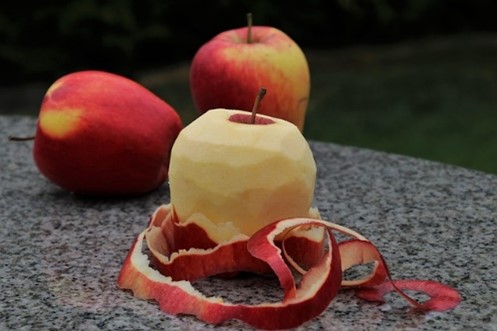
Today, Halloween is celebrated all over the world. In America and Canada, children go trick-or-treating. In Japan, people enjoy Halloween parades and parties, especially in places like Tokyo Disneyland. In Mexico, a similar holiday called Día de los Muertos (the Day of the Dead) celebrates loved ones who have passed away — with music, food, and colourful decorations.
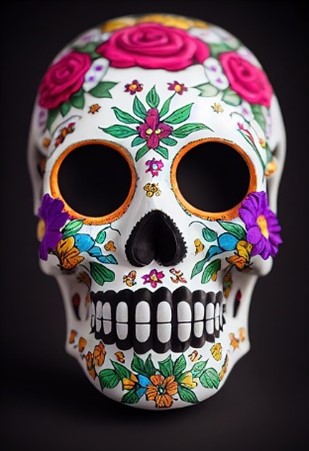
ラボール英会話教室.png)